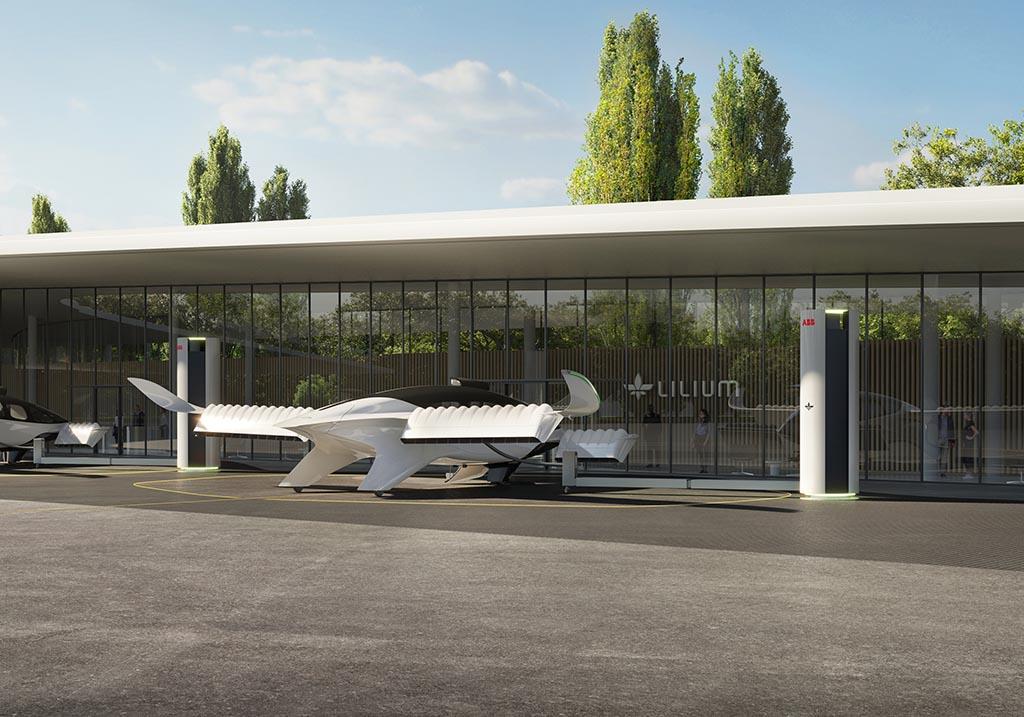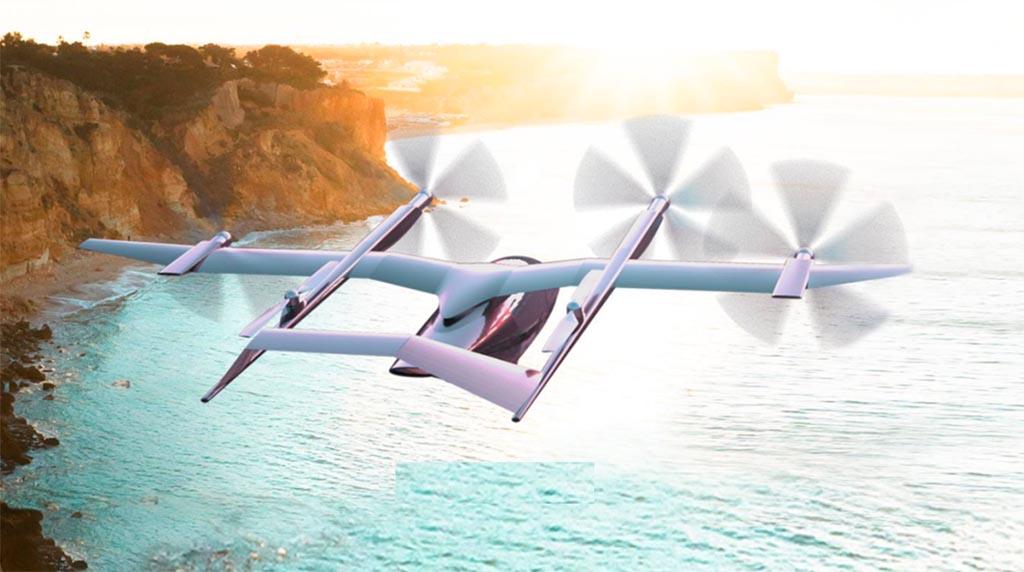Opinion: Rethink Hub-Based MRO

“Touching the face of God” is how a poetic World War II pilot reflected on the experience of flight. In his poem “High Flight,” Royal Canadian Air Force officer John Gillespie Magee, Jr., provided a lyric primer on the majesty of aviation as he “slipped the surly bonds of Earth.”
This heavenly magic is rooted quite firmly on the ground: A foundation of airworthiness is built on technical talent and capital investment. Practically, modern flight is propelled by facilities and shops spread around the world, focusing on the specialties necessary to support the physical and financial components of the industry.
What must this grounded investment look like to support an evolving industry? New opportunities will challenge our thinking about “hubs”—geographic centers where maintenance activity is clustered together to support a high volume of operations, where components are removed from airframes, maintained at local facilities and returned to the hangar for installation. From Miami to Frankfurt to Singapore, with stops on every continent, these internationally connected areas dominate maintenance activity; buildings and people rooted on the ground ensure the world can take off.

However, the aviation world is evolving. While heavy airframes capable of carrying hundreds of passengers rightfully demand and reward “hub” investment, new business models drive divergence. Big facilities take years to return an investment, while flexible, mobile opportunities to maintain smaller vehicles provide enticing and imaginative options.
Take urban (or advanced) air mobility. Venture capital firms and tech companies excitedly share artist renderings and animations of the “air taxi” future they insist is just over the horizon. For these small aircraft, constantly on the move, it’s likely that field operations will focus on quickly removing and replacing components to get the device to its next pickup. While components may ship to centralized locations for repair, such facilities’ locations need not be dependent on proximity to operations.

The same could be said for the swarms of unmanned aerial vehicles some expect to overtake the skies in the coming decades. From agricultural to industrial to entertainment to personal use, small “drones” will need either parts or complete replacement with minimal downtime to ensure profitability. The business can’t afford (or will choose not) to ferry the aircraft to a central location for service.
No matter what these new markets look like, any device intended for flight through the air will demand maintenance services. While ARSA recognizes that not every “hot” new market trend comes to pass, it appears that the equipment utilized to “touch the face of God” is going to evolve. The new demands will cast new landscapes on the ground.
What do you expect the future to look like? Where will hubs emerge? Where will services diverge? Share your expectations via arsa.org/contact.
Brett Levanto is vice president of operations of Obadal, Filler, MacLeod & Klein, managing firm and client communications in conjunction with regulatory and legislative policy initiatives. He provides strategic and logistical support for the Aeronautical Repair Station Association.
The views expressed are not necessarily shared by Aviation Week.
